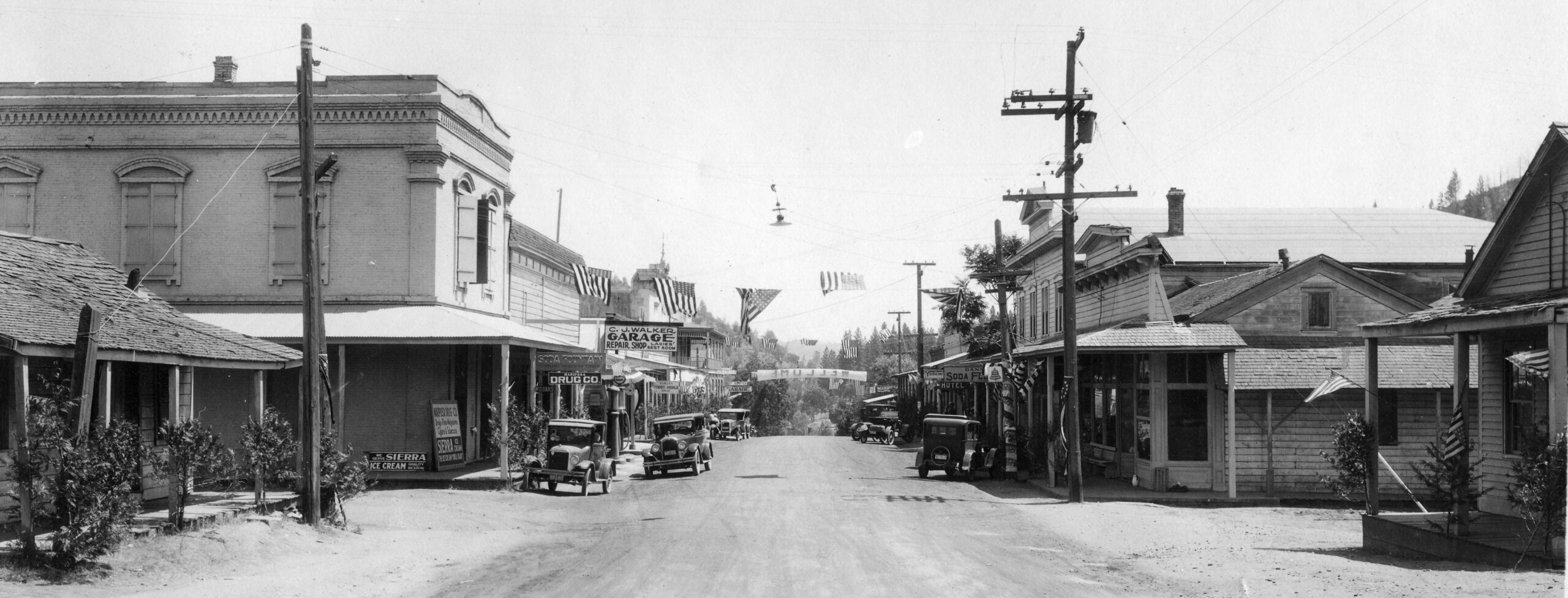No matter where you venture in Yosemite Mariposa County, history awaits. From get-rich Gold Rush sagas to ghost towns where notorious bandits once rubbed elbows with famed chocolatiers, and from Yosemite’s runaway geology to the Buffalo Soldiers who protected a fledgling national park, its captivating tales are proven to be campfire ready.
Add to the mix a bounty of museums, local art galleries and indigenous heritage sites, and your visit becomes a rich tapestry set amid one of the most stunning natural landscapes on earth. Here is the key to unlock four days of history & culture in Yosemite Mariposa County…


Day 1
Yosemite Mariposa County history comes alive on Day One as you cruise the Golden Chain Highway (Highway 49) and explore its bawdy Gold Rush past. Winding through the rugged Sierra foothills on Yosemite’s western flank, this scenic drive connects California’s famous mining towns while providing some interesting stops on your way to the Park.
Tucked away at the crossroads of Highway 49 and Highway 132, a visit to Coulterville is like stepping onto the set of an Old West blockbuster with one big difference — this place is real. The once booming Gold Rush town features eight historical plaques located along it charming main street, not to mention the Northern Mariposa County History Center.
Take a self-guided walking tour, grab a bite at the Coulter Cafe & General Store, then head up Greely Hill Road towards Yosemite to experience Sierra backroads at their finest. Note: Check current hours of operation for all attractions before your visit and be sure to stop by the info desk at the Coulter Cafe for visitor maps, brochures and local knowledge.

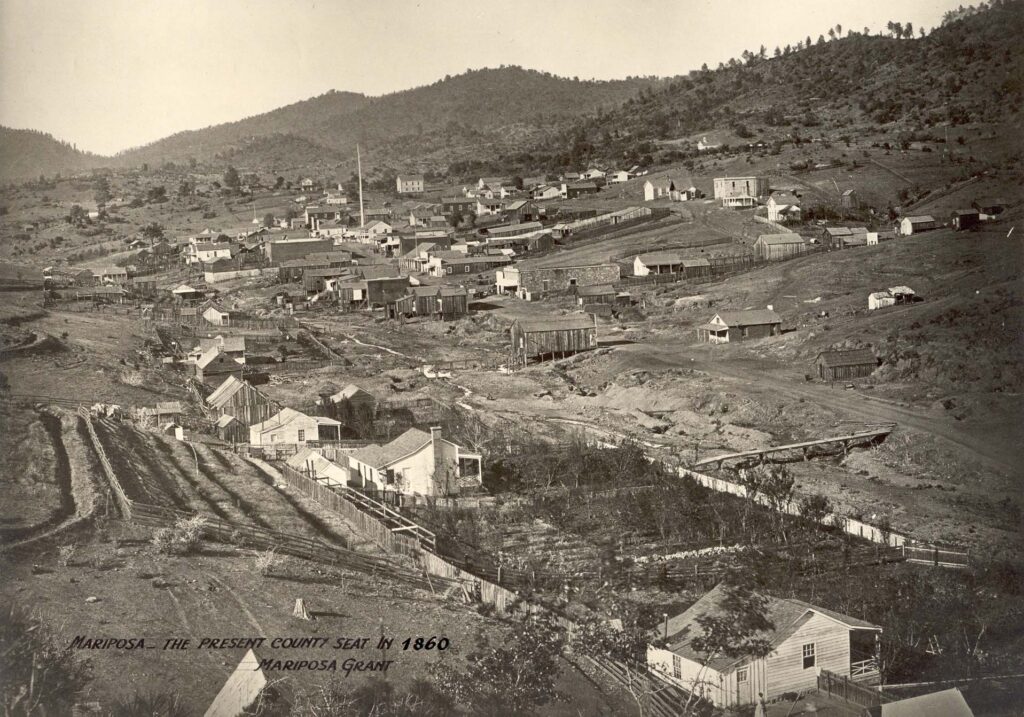
Mariposa is the southernmost Gold Rush town along the Golden Chain Highway and an essential stop on your Yosemite history tour. Mariposa’s rich cultural history, charming main street and abundance of restaurants make it worthy of look-see on your way up, not to mention a full day of exploration (see Day 3).
Explore lodging along the Golden Chain, or check out historic lodging options throughout Yosemite Mariposa County.
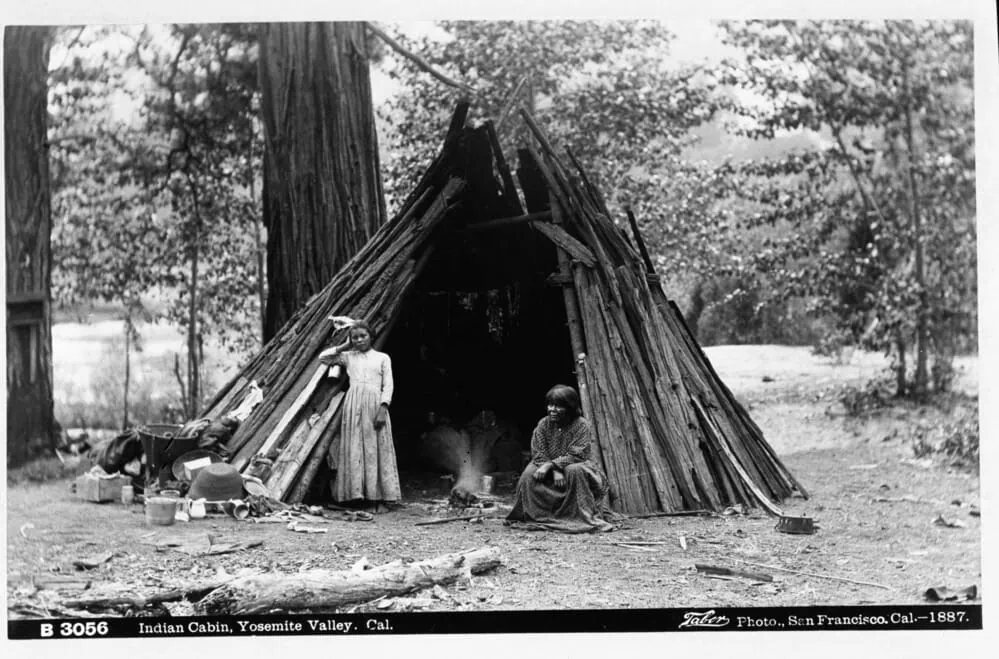

Day 2
Days of yore take center stage inside Yosemite National Park with a deep dive into its foundational events and people who made them happen. From the plight of the indigenous Ahwahneechee people to its designation as a protected wilderness by President Abraham Lincoln (1864) and later becoming America’s third national park (1890), Yosemite’s colorful past is sure to captivate.
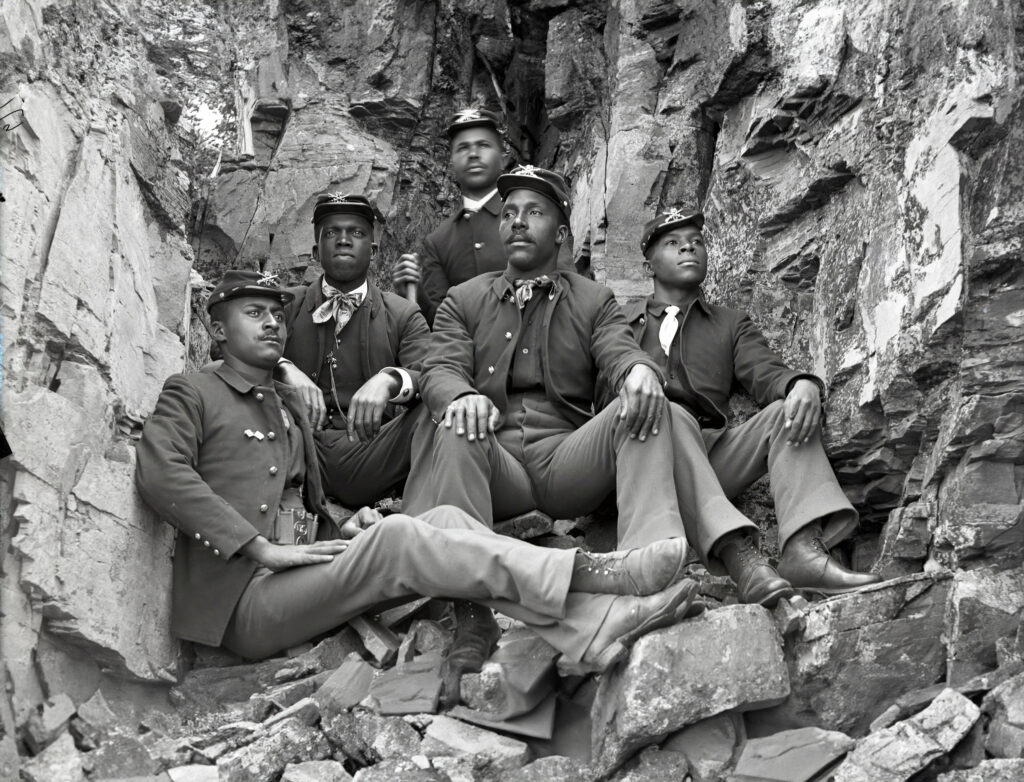
Our first stop is Yosemite Valley, where iconic geology and rich history collide. What’s ideal is that a cluster of attractions can be found in in one spot — Yosemite Village — where there is both parking and a stop on the free Yosemite Valley Shuttle.
Here, the Yosemite Exploration Center provides visitor information and interactive exhibits highlighting the Park’s unique story, as well as the Yosemite Conservancy bookstore with its well-curated collection of topical tomes. Next door is the Yosemite Museum with exhibits that run the gamut from John Muir’s tin cup to early landscape painting and tribal baskets. Learn about the African-American Buffalo Soldiers who were tasked with protecting the Park during its early years, then venture out back to see the reconstructed Indian Village of the Ahwahnee for cultural displays on Yosemite’s early inhabitants.
Also in Yosemite Village is the Ansel Adams Gallery, which displays the works of this iconic Yosemite photographer while offering prints, postcards and books for sale. A short stroll to the west and you can find the Yosemite Cemetery, where prominent figures from the Park’s early days such as James Mason Hutchings (the father of Yosemite tourism) and Galen Clark (the Guardian of Yosemite) are buried. Pro Tip: Be sure to check the calendar for workshops and events that highlight Yosemite’s history and culture such as Miwok-Paiute Basketry and the free programs offered by the Sierra Club at their Yosemite Conservation Heritage Center.
Explore lodging in the Yosemite Valley area.

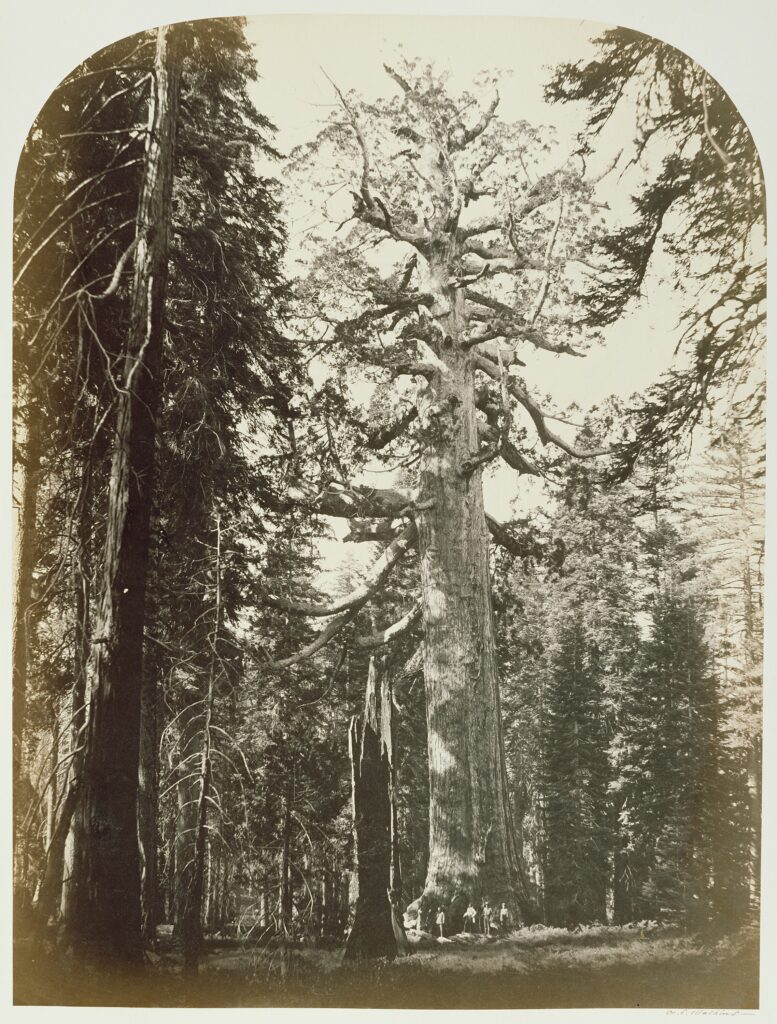
The second and final stop on our history tour of Yosemite brings us to the forested community of Wawona. Located 25 miles south of the Valley along scenic Wawona Road (Highway 41), this hub of the Southern Yosemite region is carved by the South Fork of the Merced River and features the Yosemite History Center. Here, outdoor interpretive signs are set among historic buildings and the famed Covered Bridge, weaving tales of the Park’s past and its founding residents. Five miles farther south, the Mariposa Grove of Giant Sequoias offers visitors the rare opportunity to walk among some of the largest — and oldest — living trees on earth, while its Welcome Plaza displays information about the Grove’s ecology and history.
Explore lodging near Wawona.


Day 3
As a gateway to Yosemite National Park, the town of Mariposa strikes a rugged pose. Its Gold Rush past and Sierra foothill vibe attracts colorful locals and tourists alike, while its array of restaurants, shops and museums make it a crucial hitching post on any Yosemite vacation.
Since 1850 when California became a state, Mariposa remains the government seat for what was once called “the Mother of All Counties.” Visitors enjoy ambling along the elevated sidewalks of its historic main street, then heading over a block to the still-operational Mariposa County Courthouse (1854). Curious where these scofflaws paid their dues? The Old Stone Jail is just a few blocks down Bullion Street where you can return to main street to complete the loop.
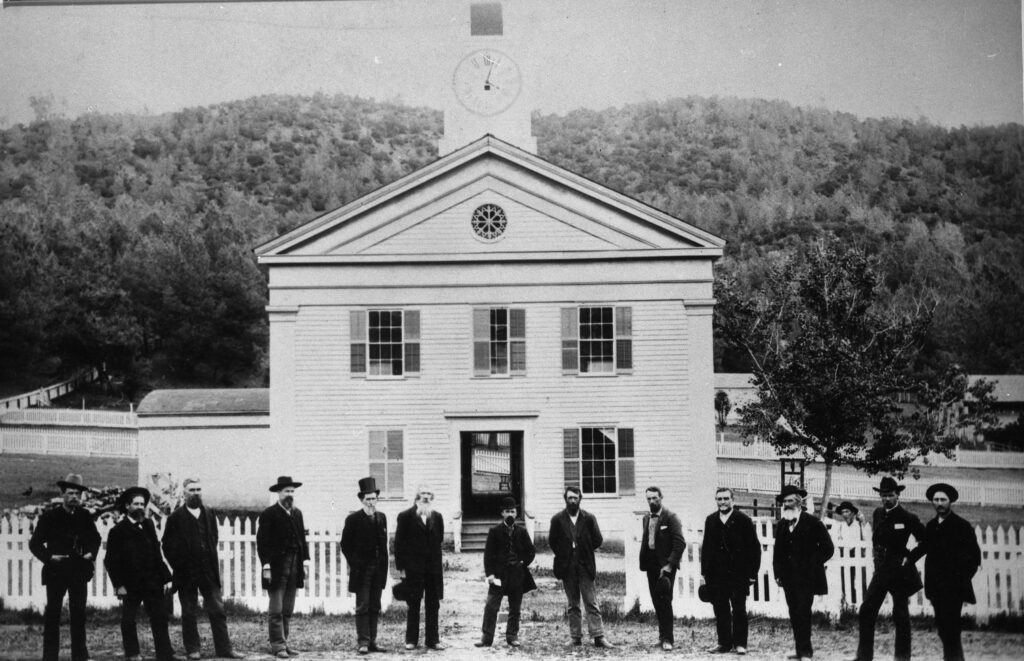
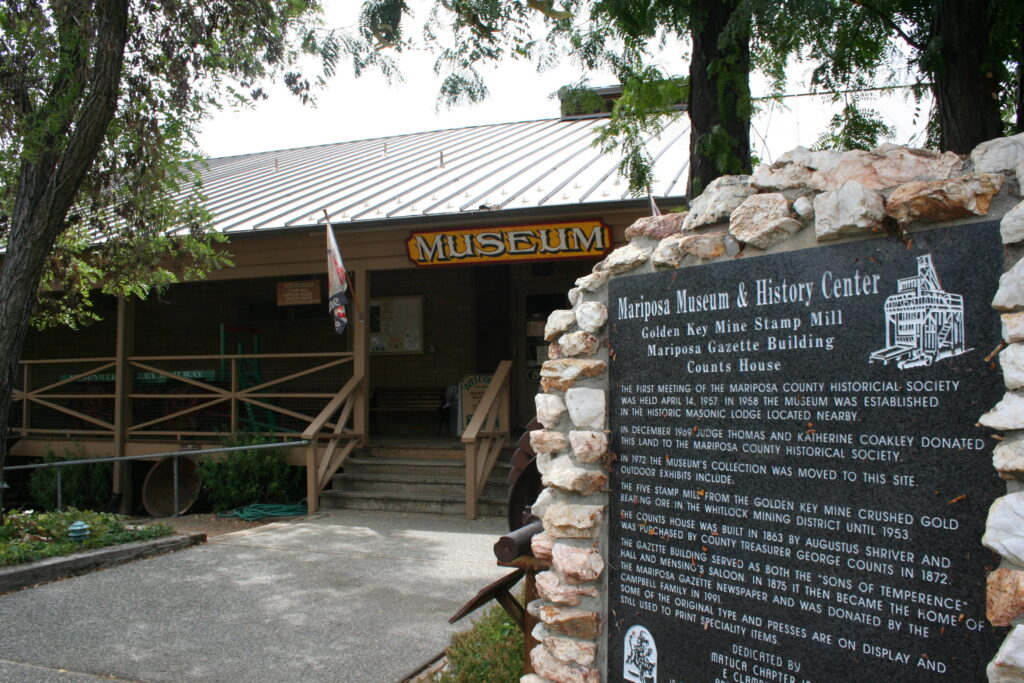
Mariposa’s museum game has a reputation for punching above its weight. With a population that hovers around 1,000 residents, it boasts three museums that cover a range of interests. The award-winning Mariposa Museum & History Center paints an authentic picture of life during the Gold Rush, and offers live demonstrations as well as guided tours. For visitors who consider themselves “multi-faceted,” the California State Mining & Mineral Museum contains over 13,000 gems, mineral crystals, and mining artifacts, including the “Fricot Nugget” — a rare 13.8-pound piece of crystalline gold found in the American River in 1864. If you’re interested in rocks of the vertical variety, then the Yosemite Climbing Association Museum & Gallery will “peak” your interest with the most comprehensive display of Yosemite rock climbing gear and photographs.
Artists have long been drawn to Mariposa for its stunning beauty and authentic spirit. From annual events such as the Sierra Art Trails to local beer & wine tasting, and art galleries to souvenir shops, Mariposa has an aesthetic all its own. After getting a taste of Sierra culture, grab a bite to eat in town then stroll over to the aforementioned Mariposa County Courthouse and Old Stone Jail, or get in more serious steps at the Stockton Creek Preserve just minutes from main street.
Explore lodging in the Mariposa area.

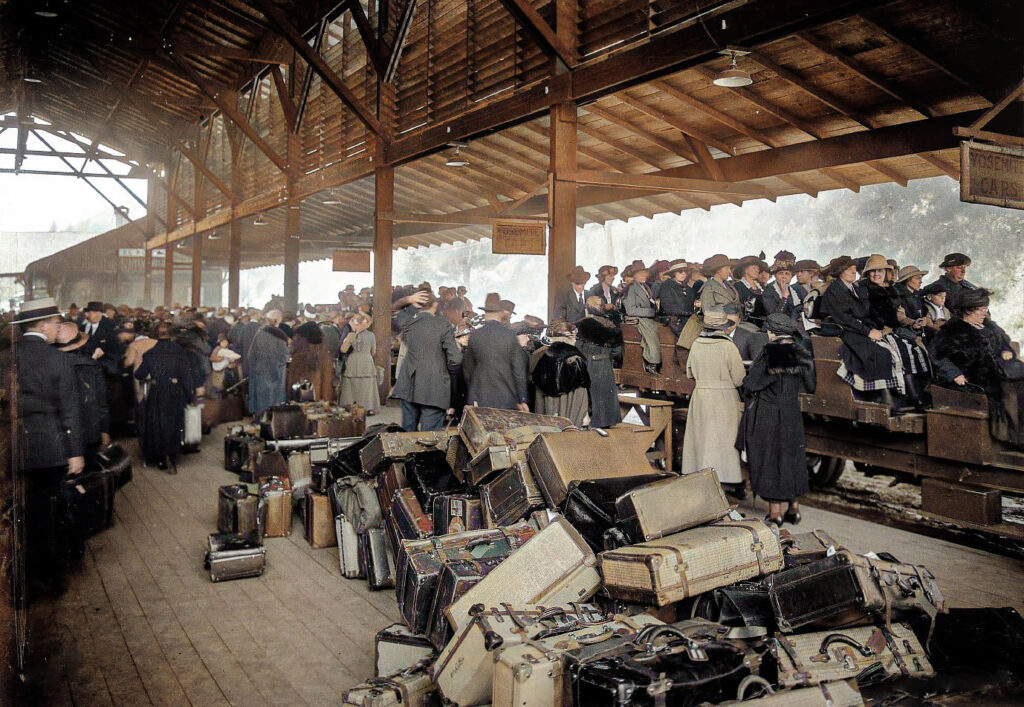
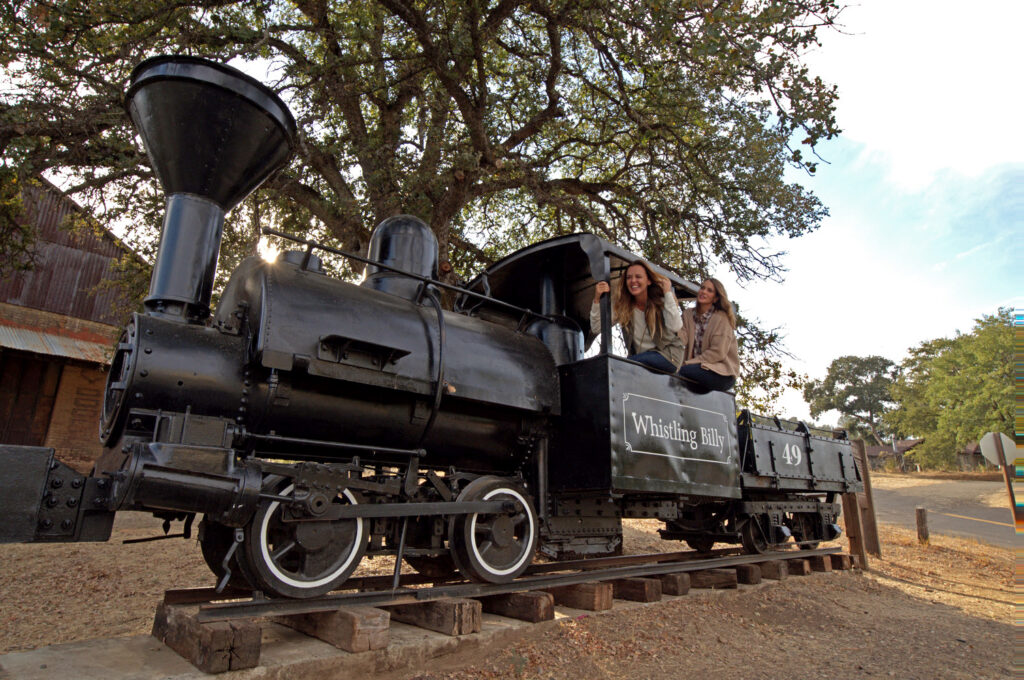
Day 4
Parting Yosemite Mariposa County is indeed sweet sorrow, but you can soften the blow by squeezing in another activity or two before heading home. Of course lunch makes perfect sense after your typical late-morning check-out, and perhaps some gift shopping for you and your loved ones. The town of Mariposa offers the most options in this regard. But there’s another overlap in the history buff’s Venn diagram — Yosemite’s vintage trains.

The history of Yosemite train travel is a fascinating tale both from an engineering and tourism standpoint. Visitors can still see the restored Yosemite Railroad Turntable and Caboose in El Portal, CA, while other Yosemite Valley Railroad artifacts can be seen along its original route throughout Yosemite Mariposa County. For those who want to cruise through the forest on a vintage train, the Yosemite Mountain Sugar Pine Railroad offers rides on covered or open-air cars pulled by an authentic Shay steam engine. The route was once the conveyance of a booming timber industry, and the history of this forest along Highway 41 (just 10 minutes from Yosemite’s South Entrance) is significant to the development of the Great Central Valley and California writ large.
Another fascinating stop on the way home is the “ghost town” of Hornitos, CA. With a current population of just 50 people, it’s hard to imagine the tumble-down brick buildings and abandoned saloons were once a thriving Gold Rush town of 10,000 treasure seekers where the likes of bandit/hero Joaquin Murrieta and famed chocolatier Domingo Ghirardelli held court. Located in the Southern Mariposa County region north of Highway 140, there are no services in Hornitos but it’s the perfect place for a farewell picnic at the park by the central square. Of Note: Hornitos is home to the annual Dia De Los Muertos/All Saints festival, where every November 2 visitors gather for a candlelit procession to historic St. Catherine Catholic Church and pay homage to those who came before. Powerful.
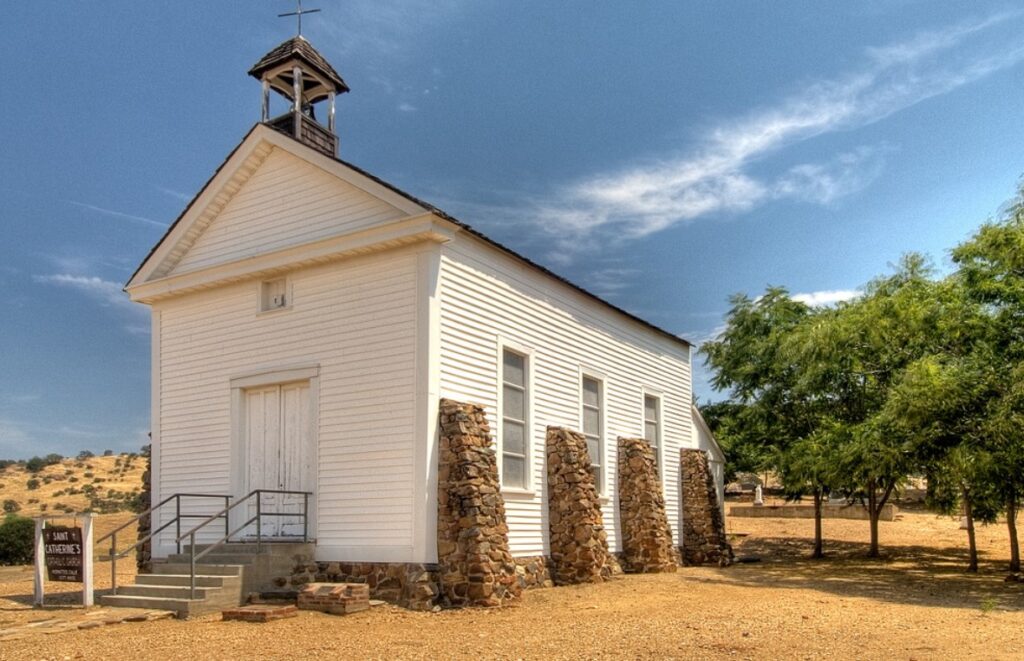
A Mountain Memoir
Traveling through Yosemite Mariposa County you can almost hear voices from the past as they echo off El Capitan and race through abandoned mine shafts from the Gold Rush. Tilt your ear and there are murmurs in the rushing rivers where Miwok grinding rocks can still be found, and whispers carried on the breeze as pine boughs sway. Indeed, the history of this place runs deep, yet its mountain memoir is still being written. So, if you crave a deeper connection to the places you explore, then come on up — there’s always room to add another chapter.

